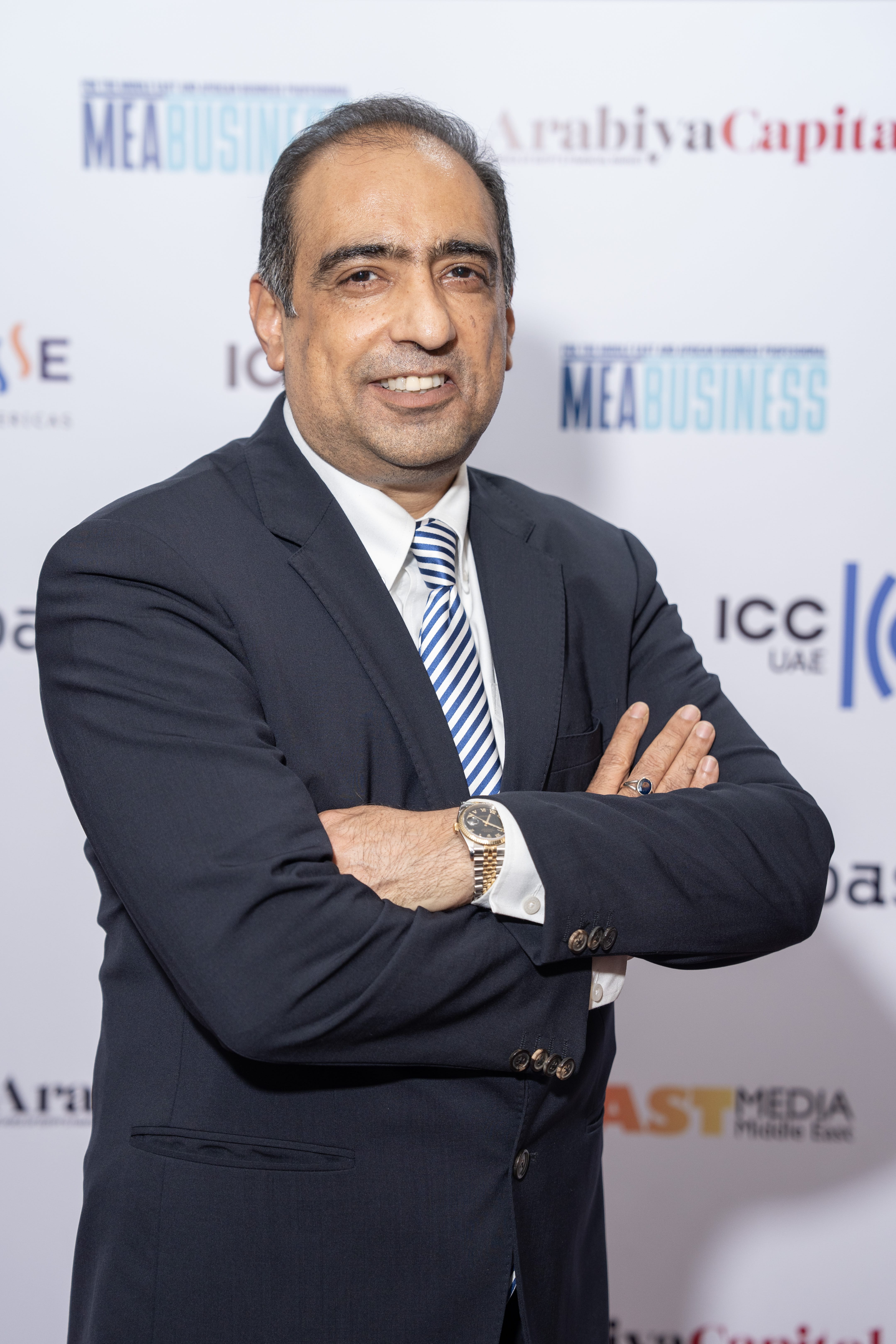Kumaraguru Ramanujam: Using Bitcoin SV to send money across borders

When Bitcoin was first invented, many hailed it as the solution to inefficient cross-border money transfers. However, due to the high fees associated with transactions on the BTC Core network, it has never been able to live up to its full potential.
Therefore, Kumaraguru Ramanujam has chosen to build on the Bitcoin SV blockchain instead. His application, MoneySwipe, aims to reduce fees for sending money abroad from the current global average of 7% to just 1.5%.
He explains to Charles Miller on this week’s episode of CoinGeek Conversations that the company aims to tackle the UK-India transfer corridor first. This makes a lot of sense as India tops the list of countries receiving personal remittances. According to a report from the World Bank from 2022, as much as 83 billion dollars is sent back to the country every year in payments.
Ramanujam’s plan is to work with regulators in India to create a cross-border payment solution without high costs. He explains that the Reserve Bank of India (RBI) has set up a regulatory sandbox with the intention of finding companies using blockchain to bring efficiency to the billion-dollar remittance industry.
The sandbox originally opened in 2018, with a company using Hyperledger Fabric selected, but it has now reopened, and Ramanujam is keen to show the RBI the power of Bitcoin SV.
“We first show the regulator that BSV is better than Hyperledger, then we show them, okay, yes, transfer of value can also happen,” he said.
The introduction of an efficient remittance system like this would be a game changer for the Indian economy. If costs could be brought down to 1.5%, this would mean that over $4 billion could be saved and go straight to the recipient, instead of being lost in fees. This will also benefit the government as it will receive more foreign exchange reserves.
“It’s a win-win and it’s a stated goal of the UN’s Sustainable Development Goals to reduce remittances from 7% to 3%,” points out Ramanujam.
While the application is powered by the BSV blockchain, stablecoins have been enabled to be used as a bridge asset, to ensure liquidity and comply with regulations.
The final application, which will be launched by the end of the year, will inform how MoneySwipe works with regulators. The hope is that by working closely with them, the final product will be innovative, relevant and risk-free.
The focus for now is India and the corridor with the UK, but once this is developed he intends to turn his attention to other regulators to create money transfer solutions that work with governments around the world.
Ramanujam believes that being able to show experience working successfully with one regulator will make it easier with others.
“We want to work with the regulator who are open with their policies right now, rather than telling them this is how things have to be done – so we’re looking at countries that are open right now with sandboxes,” he said.
Listen to Kumaraguru Ramanujam’s full interview in this week’s CoinGeek Conversations podcast or catch up on other recent episodes:
You can also watch the podcast video on YouTube.
Please subscribe to CoinGeek Conversations – this is part of the fourth season of the podcast. If you’re new to it, there are plenty of past episodes to catch up on.
How to find them:
– Search for “CoinGeek Conversations” wherever you get your podcasts
– Subscribe to iTunes
– Listen further Spotify
– Visit CoinGeek Conversations website
– Watch CoinGeek Conversations YouTube Playlist
New to Bitcoin? Check out CoinGeeks Bitcoin for beginners section, the ultimate resource guide for learning more about Bitcoin – originally envisioned by Satoshi Nakamoto – and blockchain.

























